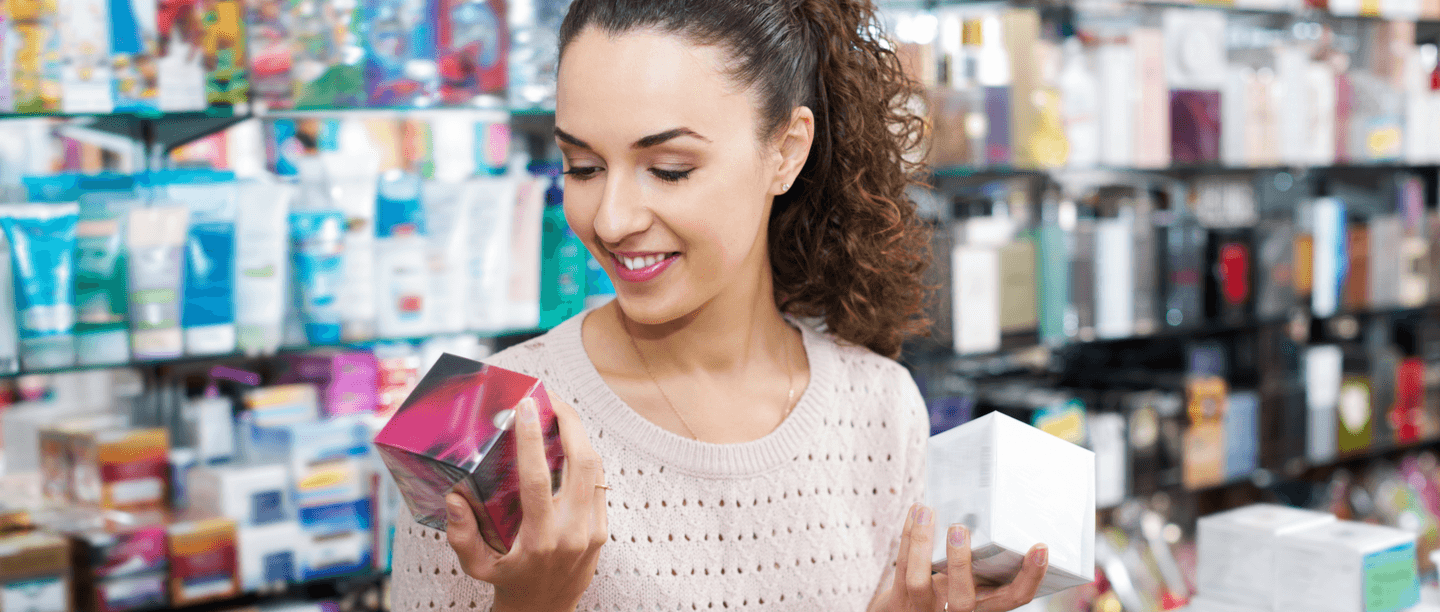Every month skincare brands dish out hundreds of new beauty products with exciting ingredients. While it’s tempting to spend all your money on products with pretty packaging, you must look beyond it. What you should be looking for are labels mentioned on the product. It’s easy to let these pass if you’re oblivious to what certain beauty labels mean. This is where we come into the picture. To break those terms down for you so that you can make a worthy skincare investment.
A Beginner’s Guide To Reading Beauty Labels
So what do they really mean? How many product labels have you really understood? Remember ladies, knowledge is power!
Non-Comedogenic
If you spot this label on the product’s packaging then it means that it will not cause comedones such as whiteheads and blackheads. If your skin type is acne-prone and oily, you should invest in non-comedogenic products.
Note: This is just a heads-up. However, if your skin is super sensitive you could still breakout or have your pores clogged if the product does not agree with you.
PAO

Shutterstock
PAO basically translates to ‘period after opening’ is the amount of time the product will be safe to use for humans. Some products even have the letter ‘M'(months) in bold with a number next to the letter. Eg. 6M the product has a shelf-life of 6 months.
Fragrance-Free
This simply means that the product is free of any artificial fragrances. You should opt for products that do not contain fragnance as an ingredient as they won’t cause any allergies.
Paraben-Free
Parabens were used in plenty of beauty products because they had antifungal and antibacterial properties. However, there is a big con to them, they interrupt the hormone function and mimic oestrogen. Since too much oestrogen gets produced in the body, this can cause breast cancer in women and low fertility in males. In fact, some people even have allergies due to parabens and suffer from skin rashes and inflammations. Hence, it is safer to opt for paraben-free products!
Clinically Tested

Shutterstock
The product may have definitely been tested by the brand’s in-house dermatologist and in their clinic, however, it is yet unclear of how the product was tested. Whether it was one or two active ingredients in the product that got tested or all of the ingredients – do not be easily swayed by this term.
Organic
A product can be termed as ‘Organic’ if its ingredients are about produced by organic agriculture. That means they are grown without the use of pesticides, synthetic fertilizers, ionizing radiation or sludge from the sewage.
Dermatologist Approved
This means that the product has been approved by a Dermatologist who works at the manufacturing company. Not all Dermatologists globally may agree whether a particular product is safe to use or not.
Sulfate-Free
What are sulfates? They’re basically aggressive detergents which are made of sulfur-containing mineral salts. Usually found in soaps and shampoos, they’re responsible for creating that frothing foam. While it does give one the illusion that it’s deep cleansing the scalp and skin, it’s actually doing more harm than good. Sulfates can irritate the scalp, dry out your skin and strip your hair from its oils. Sulfate-free is a better option any day!
Vegan
There’s a big difference between cruelty-free products (represented by a leaping bunny logo) and vegan products (represented with a heart that has a V in it). Cruelty-free products do not support testing on animals, but can still contain animal products or by-products. Whereas, vegan products do not contain animal products or support testing on animals.
Hypoallergenic
Products that have ‘Hypoallergenic’ on the packaging mean that they are less likely to cause allergic reactions. It’s perfect if you have sensitive skin. Just to be safe, do a patch test first on the wrist or consult your dermatologist if you’re unsure of using this product directly on your face.
Now that you know what each of these beauty labels stands for, hope you make smart shopping decisions.








